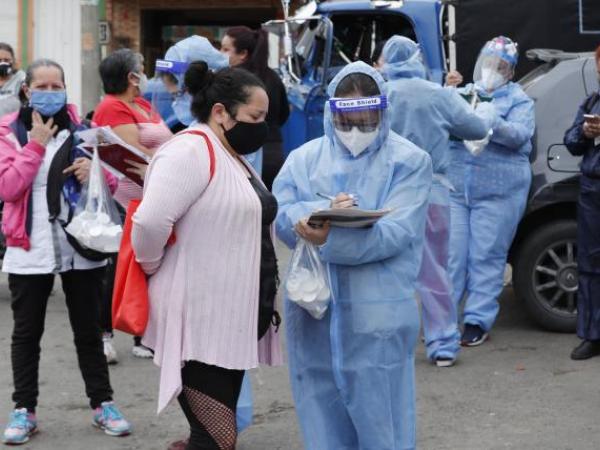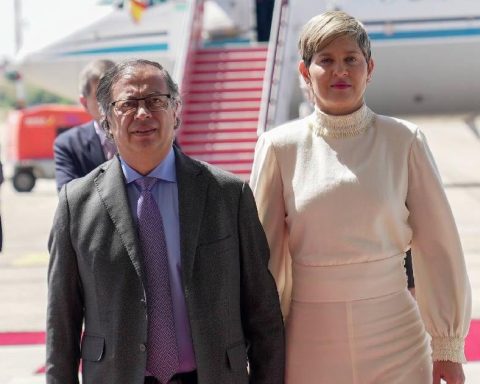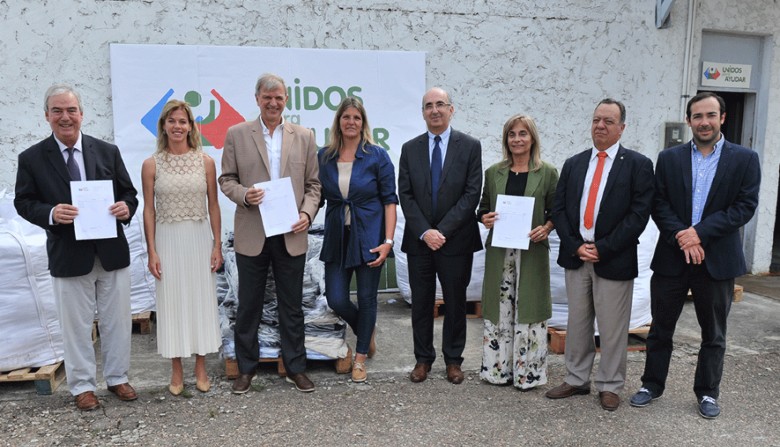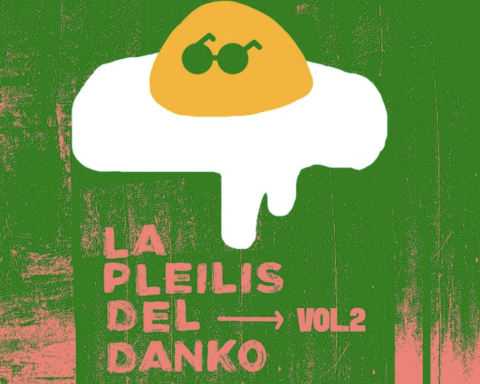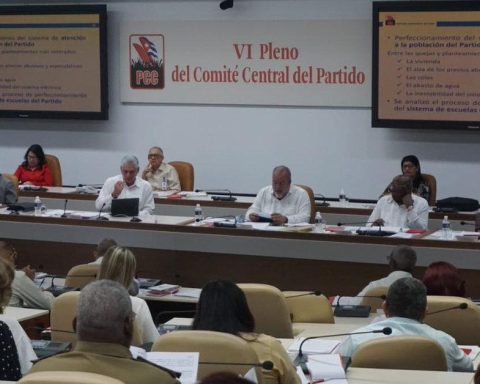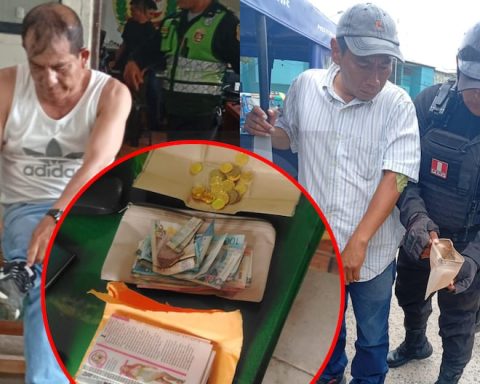On March 6, 2020 Colombia confirmed its first case of contagion by covid-19. The dreaded news came with the need for a rapid reaction scheme and health protocols, both in the health system and in daily life, added to the confinements, for which it marked a before and after for millions of citizens.
(See: WHO monitors three new mutations of covid-19: XD, XF and XE).
Today, 766 days later, the picture looks quite different. In three weeks the extension of the health emergency established by the Government ends, but the question remains: what comes next?
Behind the peak that occurred in January due to the omicron variant, when reports of up to 30,500 infections per day, the evolution of the pandemic faces a new ‘valley’, and although in the last two years more than 6 million people have been infected in the country, of whom more than 139,700 have died, the figures of recent weeks show a scenario more favorable.
“Since last March we have seen a constant and significant reduction in the new cases reported daily, and especially in the deaths also reported daily. We are around 300 daily infections, and even below 10 deaths per day”, explained Germán Escobar, Vice Minister of Public Health and Provision of Services.
(See: Over 75 years, the biggest fatalities of omicron).
The official stressed that this is the result of “a progression in community immunity”, which has occurred on the one hand, via contact with the virus, especially due to the last wave, in which a situation of “hypercontagion” ”, but with controlled deaths, and secondly, due to progress in vaccination.
According to reports from the Ministry of Health in recent days, the country already accumulates more than 81.4 million applied doses, and more than 35 million complete regimens are totaled at the moment, between two-dose and single-dose biologicals.
“We have 68.6% of the population already covered with complete schemes against covid-19. We are monitoring the situation, to see its evolution in the coming days, and especially after the scenario of interactions that will come in Easter, in such a way that if a positive trend continues as seen so far, they will be analyzed within the committee. epidemiological advisor, the actions to be takenEscobar assured.
More than 81 million doses of the covid vaccine have been applied.
HOSPITALS, THE BATTLEFIELD
Although the pandemic reconfigured many dynamics, lHospitals and health centers were the protagonists of this impact. “For the hospital sector it has been a hard road. This risk was taken seriously, and with a lot of effort it has been possible to positively solve the enormous challenge”, assures Juan Carlos Giraldo, director of the Colombian Association of Hospitals and Clinics (Achc).
(See: Covid: details of the intranasal vaccine being tested in Colombia).
Giraldo highlights that before the start of the pandemic there were only about 5,300 beds (Intensive Care Units) and a figure of 13,300 was even reached at the highest peak of 2021, but indicates that the demand for health services has fallen again. ICU, so today the ACHC has a figure of 10,735 beds available.
“While the numbers are benevolent, we can’t answer questions about whether other strains will come. The pandemic has been resolved day by day. I think that the government should extend the emergency almost until the end of this presidential period, so that resources are completed, money that is in the Fome is completed, and see how the infrastructure is. About three more months would be reasonable, as a postoperative control, but in this case post-pandemic”, assures Giraldo.
According to the figures of the Ministry of Finance consigned in the last ‘White Paper’, a report in which the Emergency Mitigation Fund (Fome) is followed up, between 2020 and 2021, a total of $43.8 billion in resources were approved for the fund, Of which $16 billion was allocated to care for the health emergency, $17.4 billion to care for the population in vulnerable conditions, and $10.3 billion to protect employment and economic activity.
(See: Colombia, among the countries with the best educational management during covid).
According to the document, in 2020 $22.03 billion were committed and payments were made for $18.6 trillion, which closed that year with a budget lag of $3.36 trillion. In 2021, the committed resources amounted to $20.71 billion, and payments of $23.3 billion were recorded.
Cut to December 31, the total committed value of Fome resources amounted to $42.7 billion, 97.5% of the Fund’s total spending space.
EPS MANAGEMENT
Together with the hospitals, the Health Promotion Entities (EPS) have also carried out marathon management in the last two years. Figures released last week by Acemi, the union that brings together 10 of the main EPS in the country such as Sura, Compensar, Salud Total, Famisanar, Sanitas, among others, they detail that since the health emergency began, they have provided more than 126.2 million services.
They have also carried out more than 7.1 million home visits, and prioritized patients have received more than 12.8 million medical formulas.
This EPS group has carried out more than 15.3 million tests for covid, and served more than 4 million covid patients.
LAURA LUCIA BECERRA ELEJALDE
Journalist Portfolio
